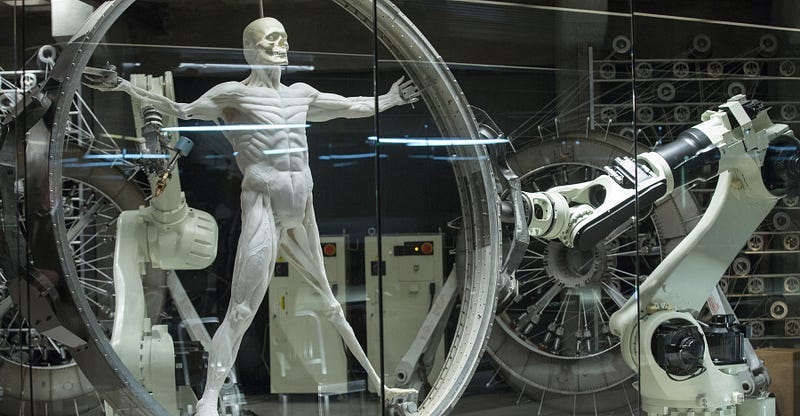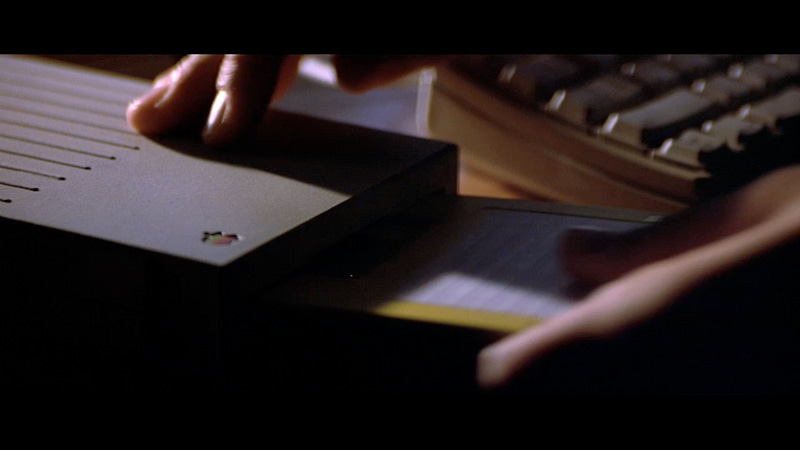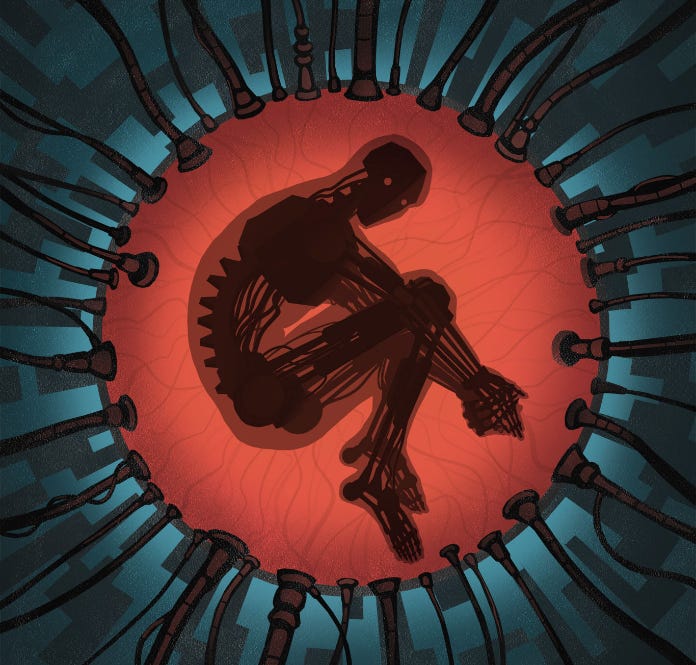Don’t Be a Technological Cow: Saddle Up with the AI-boys!
Welcome to the digital frontier where #samurais wield #gateways instead of katanas, and the Wild West has gone wireless. Yes, we’re talking…

Welcome to the digital frontier where #samurais wield #gateways instead of katanas, and the Wild West has gone wireless. Yes, we’re talking about AI — the omnipresent force that’s either going to make your life infinitely cooler or turn you into the human equivalent of a dial-up modem.
You see, governments and corporations are on a relentless quest for people like you and me. As the character Dade Murphy aka Plague eloquently puts it in the cult classic film Hackers:
“We are Samurai… the Keyboard Cowboys… and all those other people out there who have no idea what’s going on are the cattle… Moooo.” (Moreu, 1995, p. 53).
The Rise of the AI Cowboys
Let’s face it: if you’re not keeping up with AI, you’re essentially showing up to a VR party with a VHS tape. As Max Tegmark, author of Life 3.0, eloquently puts it,
“AI is the new stage of life on Earth” (Tegmark, 2017).
That’s right; we’re not just playing with Tamagotchis anymore. We’re shaping the next epoch of existence.
But while we’re busy coding the future, a significant portion of the population is still asking Alexa to tell them a joke. And that’s a problem. According to a study by the Pew Research Center, 65% of Americans believe that robots and computers will “probably” or “definitely” do much of the work currently done by humans within 50 years (Pew Research Center, 2017). Yet, how many are actually preparing for that future?
The Cattle in the Age of AI
Stephen Hawking warned that:
“the rise of powerful AI will be either the best or the worst thing ever to happen to humanity” (Hawking, 2016).
If you’re not riding the AI wave, you’re at risk of being left behind like a Blockbuster store in a Netflix world. And trust me, nobody wants to be the person who gets replaced by a toaster with Wi-Fi.
Stuart Russell, a leading AI researcher, emphasizes the importance of understanding AI to ensure it aligns with human values (Russell, 2019). Ignorance isn’t just bliss; it’s a one-way ticket to obsolescence.
Comparing Titans: Then and Now
Remember when floppy disks were the epitome of high-tech? Companies like Microsoft and Apple were the cool kids on the block, revolutionizing personal computing and, by extension, the world. Fast forward to today, and we have OpenAI, DeepMind, and Neuralink pushing the boundaries of what’s possible with AI.
In the 1990s, Netscape Navigator was our #gateway to the internet. Today, OpenAI’s GPT models are the #gateways to knowledge and automation. Just as those early tech companies set the stage for the Information Age, today’s AI companies are laying the groundwork for an era where machines could become our partners — or our overlords. Cue the dramatic music.
Ray Kurzweil predicts that by 2045, we’ll reach the Singularity — a point where machine intelligence surpasses human intelligence (Kurzweil, 2005). If that doesn’t make you want to update your LinkedIn skills section, I don’t know what will.
The Next 10–20 Years: A Glimpse into the Future
So, what does the future hold for our digital samurai and the unsuspecting cattle? For starters, AI will become even more integrated into our daily lives. Yann LeCun, one of the fathers of deep learning, envisions a future where machines have common sense and can understand the world as humans do (LeCun, 2022). Imagine Siri not just setting your alarm but also reminding you that you promised your mom you’d call her. Yikes!
Corporations will continue to invest heavily in AI to stay competitive. A report by McKinsey Global Institute suggests that by 2030, AI could deliver an additional global economic output of $13 trillion per year (McKinsey Global Institute, 2018). That’s a lot of zeros — and a lot of reasons to pay attention.
For those who remain oblivious, the job market will become a minefield. Roles that require routine tasks are at high risk of automation. According to Oxford economists Carl Benedikt Frey and Michael Osborne, 47% of U.S. employment is at risk of automation (Frey & Osborne, 2013). So unless your dream job is being a professional Netflix binge-watcher, it’s time to skill up.
Embrace the Samurai Within
The message is clear: adapt or be left behind. As Nick Bostrom warns in *Superintelligence*, we must be proactive in understanding and guiding AI development to avoid unintended consequences (Bostrom, 2014).
So, don your digital armor and sharpen your coding skills. The future belongs to the Keyboard Cowboys who are willing to ride into the unknown, armed with nothing but curiosity and maybe a GitHub account.
Because if we don’t take the reins, we might just find ourselves saying “Moooo” as the world charges ahead without us.
References
Asimov, I. (1950). I, Robot. New York: Gnome Press. (Includes the “Three Laws of Robotics”).
Bostrom, N. (2014). Superintelligence: Paths, Dangers, Strategies. Oxford University Press.
Frey, C. B., & Osborne, M. A. (2013). The Future of Employment: How Susceptible are Jobs to Computerisation? Oxford University.
Hawking, S. (2016). Stephen Hawking: AI will be either best or worst thing to happen to humanity. The Guardian.
Kurzweil, R. (2005). The Singularity Is Near: When Humans Transcend Biology. Viking.
LeCun, Y. (2022). A Path Towards Autonomous Machine Intelligence. OpenAI.
McKinsey Global Institute. (2018). Notes from the AI frontier: Modeling the impact of AI on the world economy.
Moreu, R. (1995). Hackers.
Pew Research Center. (2017). Automation in Everyday Life.
Russell, S. (2019). Human Compatible: Artificial Intelligence and the Problem of Control. Viking.
Stephenson, N. (1992). Snow Crash. Bantam Books.
Tegmark, M. (2017). Life 3.0: Being Human in the Age of Artificial Intelligence. Knopf.
Wiener, N. (1948). Cybernetics: Or Control and Communication in the Animal and the Machine. MIT Press.
Zuboff, S. (2019). The Age of Surveillance Capitalism: The Fight for a Human Future at the New Frontier of Power. PublicAffairs.







